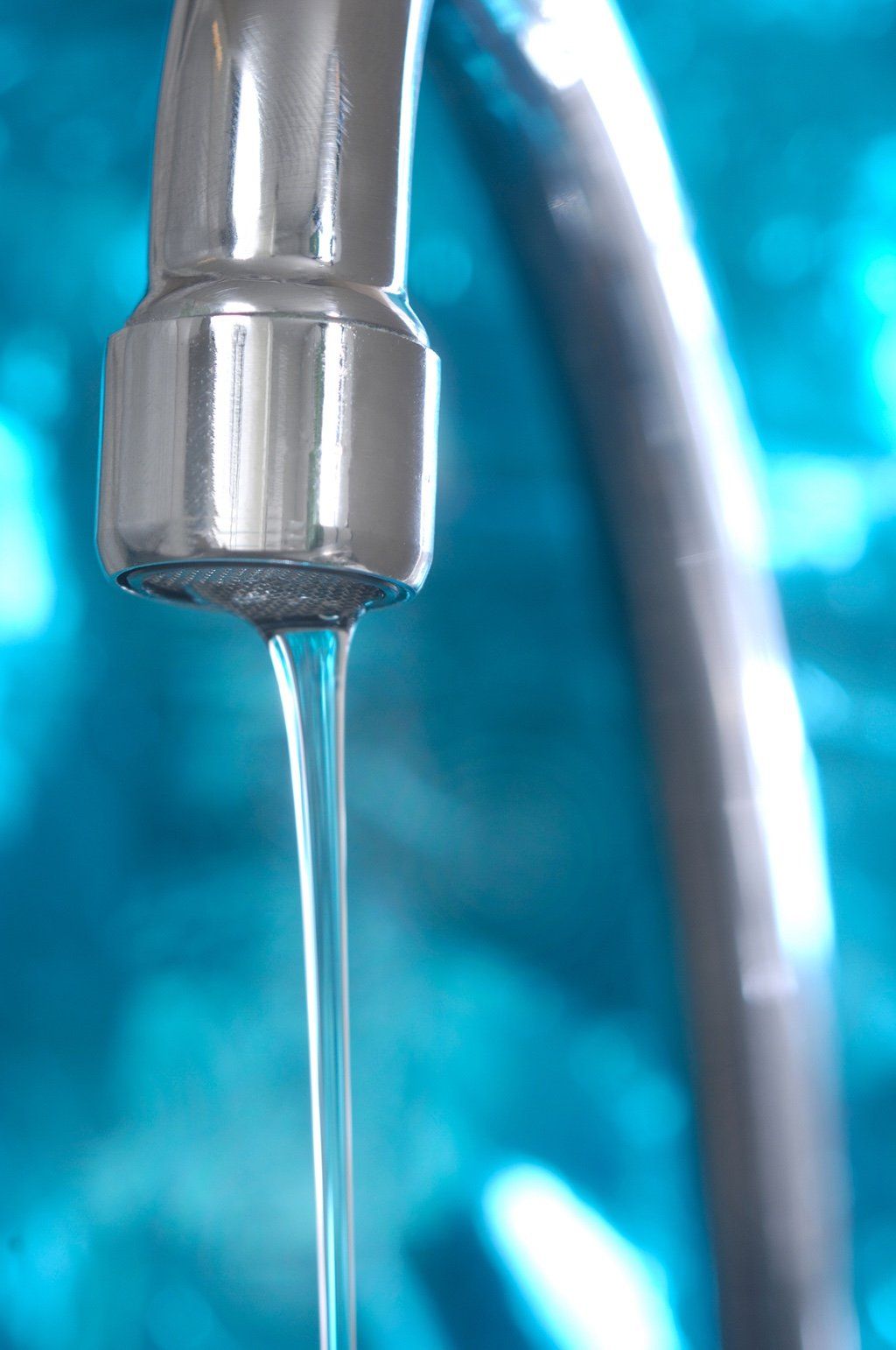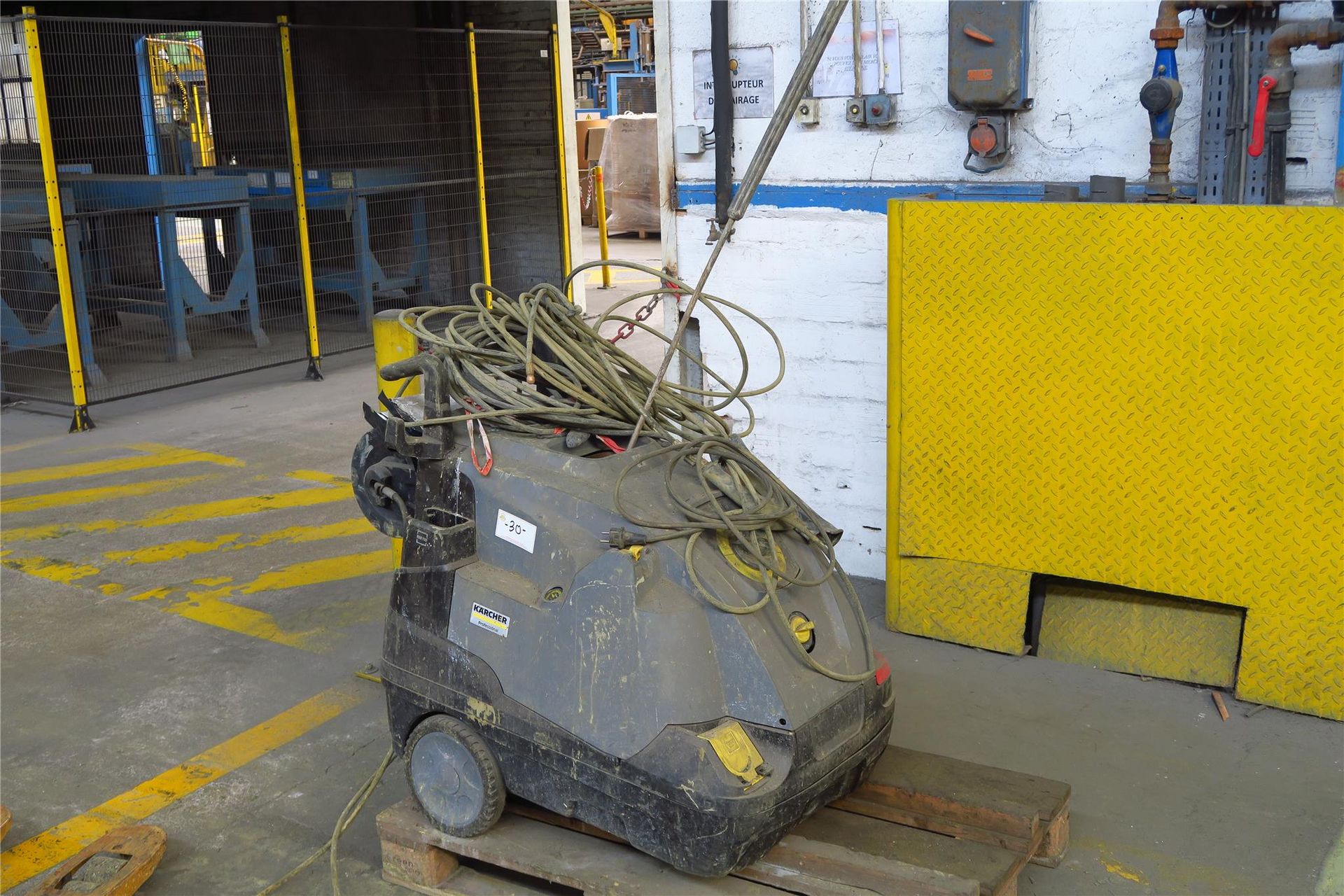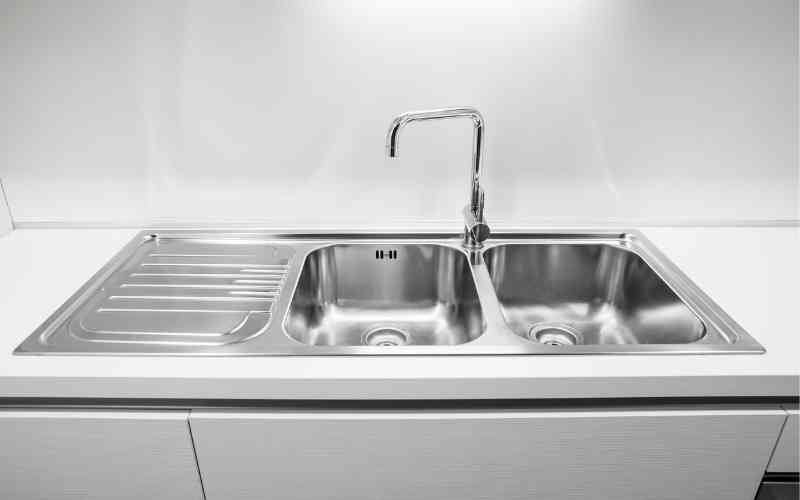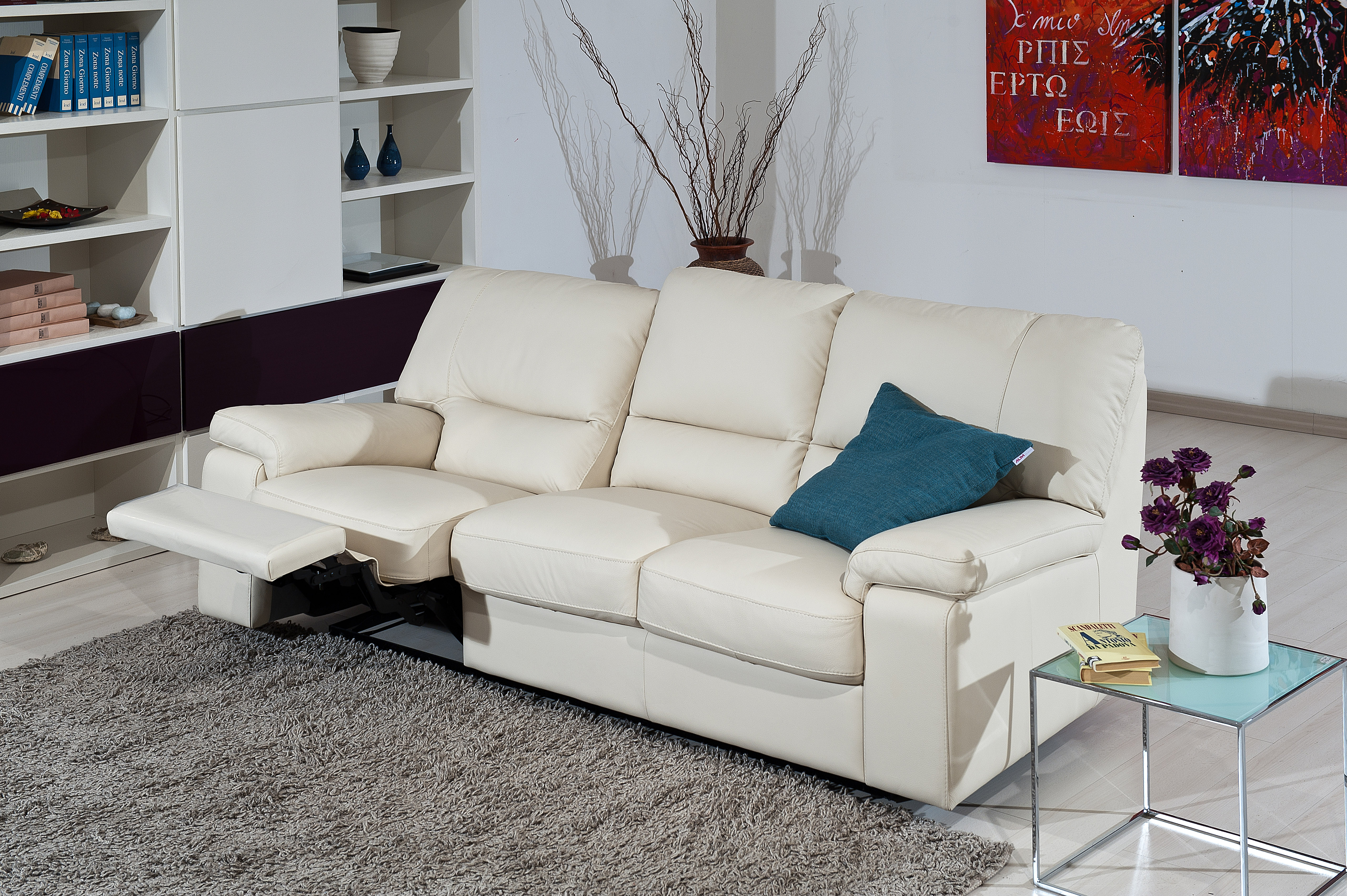If you’ve noticed that the hot water pressure in your kitchen sink isn’t what it used to be, you’re not alone. Many homeowners experience this issue and it can be frustrating when you’re trying to wash dishes or fill up a pot with hot water. Fortunately, there are some simple steps you can take to increase the hot water pressure in your kitchen sink. First, check for any clogs or blockages. Sometimes, the cause of low hot water pressure in your kitchen sink is simply a clogged faucet aerator or a blocked pipe. Remove the aerator and clean it out, and if that doesn’t solve the problem, try using a plumbing snake to clear any blockages in the pipes. Next, check the hot water shut-off valve. If the valve is partially closed, it can restrict the flow of hot water to your sink. Make sure it is fully open and try running the water again. Consider installing a pressure booster. If you have low water pressure throughout your home, a pressure booster can help increase the hot water pressure in your kitchen sink. This device is installed on your main water line and helps to regulate and increase the pressure. Adjust the pressure regulator. Your kitchen sink may have a water pressure regulator that controls the flow of water. If it is set too low, it can result in low hot water pressure. Consult your manual or a professional plumber to adjust the regulator to a higher pressure.How to Increase Hot Water Pressure in Your Kitchen Sink
Dealing with low hot water pressure in your kitchen sink can be frustrating, but there are some solutions that can help fix the problem. Start by checking the hot water heater. If the hot water pressure is low throughout your home, the issue could be with your hot water heater. Make sure it is functioning properly and that the temperature is set high enough to produce adequate pressure. Check for any leaks or obstructions. A leak in the hot water line or a blockage can cause low pressure in your kitchen sink. Inspect the pipes and fix any leaks or remove any obstructions that may be causing the issue. Replace old or damaged pipes. Over time, pipes can become corroded or damaged, which can result in low hot water pressure. If you have old or damaged pipes, consider replacing them to improve the water flow to your kitchen sink. Invest in a new faucet. If your faucet is old or worn out, it may be the cause of low hot water pressure. Consider upgrading to a new faucet that is designed to provide strong water pressure.How to Fix Low Hot Water Pressure in Your Kitchen Sink
Understanding the potential causes of low hot water pressure in your kitchen sink can help you identify and fix the issue. Blocked faucet aerator. The aerator on your faucet can become clogged with mineral deposits or other debris, resulting in reduced water flow. Partial hot water shut-off valve. If the valve is not fully open, it can restrict the flow of hot water to your sink. Water pressure regulator set too low. If the pressure regulator is set too low, it can limit the amount of hot water that reaches your sink. Leaking or damaged pipes. Leaks or damage in the hot water line can result in reduced water pressure. Old or worn out faucet. Over time, faucets can become worn out and cause a decrease in water pressure.Common Causes of Low Hot Water Pressure in Kitchen Sinks
If you’re experiencing hot water pressure issues in your kitchen sink, here are some steps you can take to troubleshoot the problem. Check the hot water shut-off valve. Make sure it is fully open to allow for proper water flow. Inspect the faucet aerator. If it is clogged, clean it out to improve water flow. Test the pressure regulator. Adjust it to a higher pressure if necessary. Check for leaks or damage in the hot water line. Fix any issues to restore proper water pressure. Consider installing a pressure booster. This can help increase the water pressure in your kitchen sink.How to Troubleshoot Hot Water Pressure Issues in Your Kitchen Sink
Improving the hot water pressure in your kitchen sink can make a big difference in your daily routine. Here are some of the best ways to increase hot water pressure in your sink. Install a pressure booster. This device is designed to increase the water pressure throughout your home, including your kitchen sink. Replace old or damaged pipes. This can help improve water flow and increase hot water pressure. Upgrade to a new faucet. A new faucet can provide better water pressure and improve the overall appearance of your sink. Check and adjust the hot water shut-off valve. Make sure it is fully open to allow for proper water flow.Best Ways to Improve Hot Water Pressure in Your Kitchen Sink
If you need to adjust the hot water pressure in your kitchen sink, here are some steps you can follow. Locate the pressure regulator. This is typically located near the hot water shut-off valve. Use a wrench to turn the adjustment screw. Turning it clockwise will increase the pressure, while turning it counterclockwise will decrease the pressure. Test the water pressure in your sink. Adjust the pressure as needed until you reach your desired level.How to Adjust the Hot Water Pressure in Your Kitchen Sink
The water pressure regulator in your kitchen sink is responsible for controlling the flow of water. Here’s a closer look at how it works and how to troubleshoot any issues. What is a water pressure regulator? This device is typically located near the hot water shut-off valve and helps to regulate the flow of water throughout your home. How do you adjust the pressure regulator? Using a wrench, turn the adjustment screw clockwise to increase the pressure or counterclockwise to decrease the pressure. What are common issues with the pressure regulator? A malfunctioning pressure regulator can result in low hot water pressure in your kitchen sink. Consult a professional plumber for repairs or replacement.Understanding the Water Pressure Regulator in Your Kitchen Sink
If you’re unsure if your hot water pressure is at the appropriate level, here’s how you can check it. Fill a gallon-sized container with hot water. Use a timer to determine how long it takes to fill the container. Compare the time to recommended levels. For example, a ½ inch pipe should fill the container in 40 seconds, while a ¾ inch pipe should fill it in 20 seconds. Adjust the pressure regulator if necessary. If the time is significantly longer than recommended, adjust the pressure regulator to increase the water pressure.How to Check the Hot Water Pressure in Your Kitchen Sink
To keep your hot water pressure in top shape, here are some tips to follow. Regularly clean the faucet aerator. This can help prevent clogs and maintain proper water flow. Check for and fix any leaks in the hot water line. Leaks can lead to reduced water pressure. Inspect and repair any damage to the pipes. Damaged pipes can also cause low hot water pressure. Consider installing a pressure booster. This can help maintain high water pressure throughout your home.Tips for Maintaining High Hot Water Pressure in Your Kitchen Sink
If you’re experiencing hot water pressure issues in your kitchen sink, here are some common signs to look out for. Low water pressure. If it takes longer than usual to fill a container with hot water, this could be a sign of low pressure. Inconsistent water flow. If the hot water flow is weak or inconsistent, this could be a sign of a problem. Unusual noises coming from the pipes. If you hear banging or rattling noises when using hot water in your sink, it could be a sign of a pressure issue.Common Signs of Hot Water Pressure Problems in Kitchen Sinks
The Importance of Kitchen Sink Hot Water Pressure in House Design

Understanding Kitchen Sink Hot Water Pressure
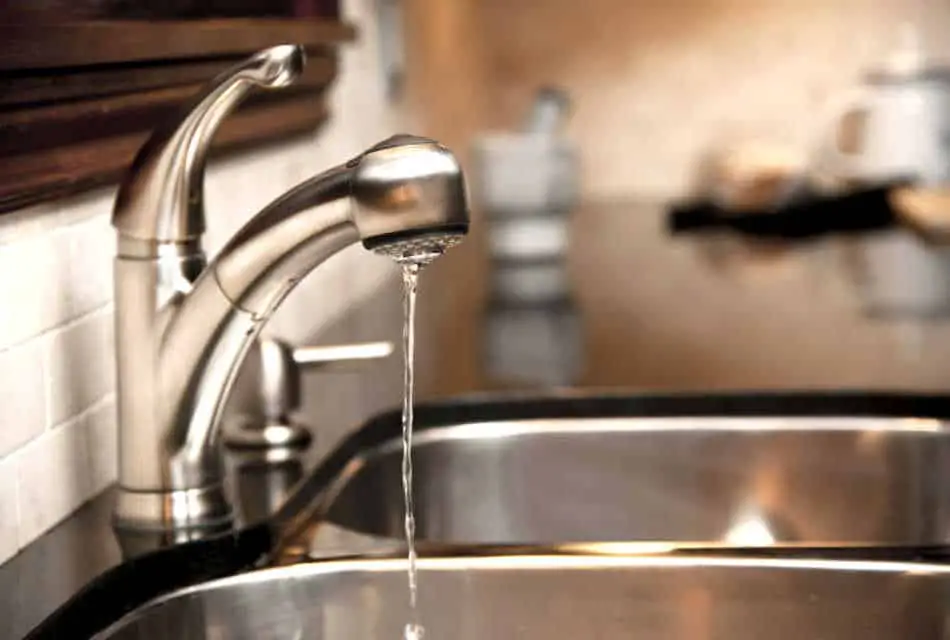 When it comes to designing a house, there are many important factors to consider. From the layout and materials used to the overall aesthetic, it's crucial to create a space that meets the needs and preferences of the homeowners. One often overlooked aspect of house design is the hot water pressure in the kitchen sink. This may seem like a minor detail, but it can actually have a significant impact on the functionality and overall experience of using the kitchen.
Kitchen sink hot water pressure
refers to the force at which hot water flows out of the faucet. This pressure is dependent on several factors, including the water source, plumbing system, and the type of faucet and its installation. In simple terms, the stronger the pressure, the faster the water will flow out of the faucet. This may not seem like a big deal, but it can make a huge difference in everyday tasks such as washing dishes or filling up a pot for cooking.
When it comes to designing a house, there are many important factors to consider. From the layout and materials used to the overall aesthetic, it's crucial to create a space that meets the needs and preferences of the homeowners. One often overlooked aspect of house design is the hot water pressure in the kitchen sink. This may seem like a minor detail, but it can actually have a significant impact on the functionality and overall experience of using the kitchen.
Kitchen sink hot water pressure
refers to the force at which hot water flows out of the faucet. This pressure is dependent on several factors, including the water source, plumbing system, and the type of faucet and its installation. In simple terms, the stronger the pressure, the faster the water will flow out of the faucet. This may not seem like a big deal, but it can make a huge difference in everyday tasks such as washing dishes or filling up a pot for cooking.
Benefits of a Strong Kitchen Sink Hot Water Pressure
 Having a strong hot water pressure in the kitchen sink can bring several benefits to a household. First and foremost, it allows for faster and more efficient cleaning. When washing dishes, a strong pressure can help remove tough stains and food residue quicker, making the process less time-consuming and more effective. This can also save on water usage, as less time is needed to clean each dish.
In addition, a strong hot water pressure can also make cooking more convenient. Filling up a pot with water for boiling or steaming can be done in a matter of seconds with a strong pressure, eliminating the need to wait for the pot to fill up slowly. This can be especially helpful when preparing meals in a time crunch.
Having a strong hot water pressure in the kitchen sink can bring several benefits to a household. First and foremost, it allows for faster and more efficient cleaning. When washing dishes, a strong pressure can help remove tough stains and food residue quicker, making the process less time-consuming and more effective. This can also save on water usage, as less time is needed to clean each dish.
In addition, a strong hot water pressure can also make cooking more convenient. Filling up a pot with water for boiling or steaming can be done in a matter of seconds with a strong pressure, eliminating the need to wait for the pot to fill up slowly. This can be especially helpful when preparing meals in a time crunch.
Factors that Affect Hot Water Pressure in the Kitchen Sink
 As mentioned earlier, the hot water pressure in the kitchen sink is influenced by various factors. One of the main ones is the plumbing system of the house. If the pipes are old or have buildup and blockages, it can significantly decrease the pressure. In some cases, it may be necessary to replace or clean out the pipes to improve the pressure.
The type of faucet and its installation can also affect the hot water pressure. Some faucets are designed to have a stronger pressure, while others may have lower pressure for water conservation purposes. Proper installation is also crucial in maintaining a strong pressure. Any leaks or loose connections can result in a weaker flow of hot water.
As mentioned earlier, the hot water pressure in the kitchen sink is influenced by various factors. One of the main ones is the plumbing system of the house. If the pipes are old or have buildup and blockages, it can significantly decrease the pressure. In some cases, it may be necessary to replace or clean out the pipes to improve the pressure.
The type of faucet and its installation can also affect the hot water pressure. Some faucets are designed to have a stronger pressure, while others may have lower pressure for water conservation purposes. Proper installation is also crucial in maintaining a strong pressure. Any leaks or loose connections can result in a weaker flow of hot water.
Conclusion
 In conclusion, the hot water pressure in the kitchen sink may seem like a minor detail, but it can greatly impact the functionality and overall experience of using the kitchen. Homeowners should consider this factor when designing or renovating their homes to ensure a smooth and efficient daily routine. By understanding the factors that affect the pressure and taking steps to improve it, homeowners can create a more comfortable and convenient kitchen space for themselves and their families.
In conclusion, the hot water pressure in the kitchen sink may seem like a minor detail, but it can greatly impact the functionality and overall experience of using the kitchen. Homeowners should consider this factor when designing or renovating their homes to ensure a smooth and efficient daily routine. By understanding the factors that affect the pressure and taking steps to improve it, homeowners can create a more comfortable and convenient kitchen space for themselves and their families.



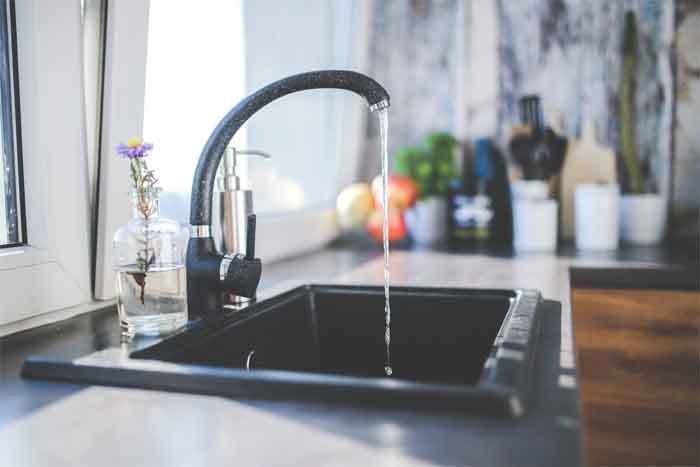

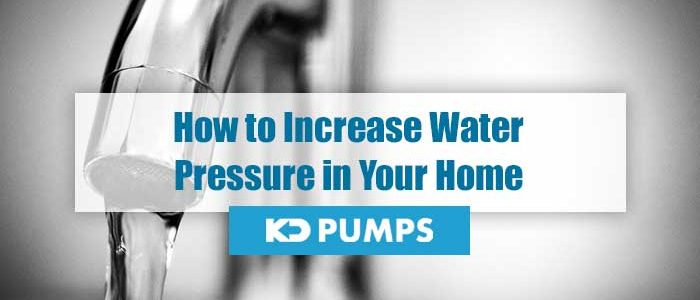


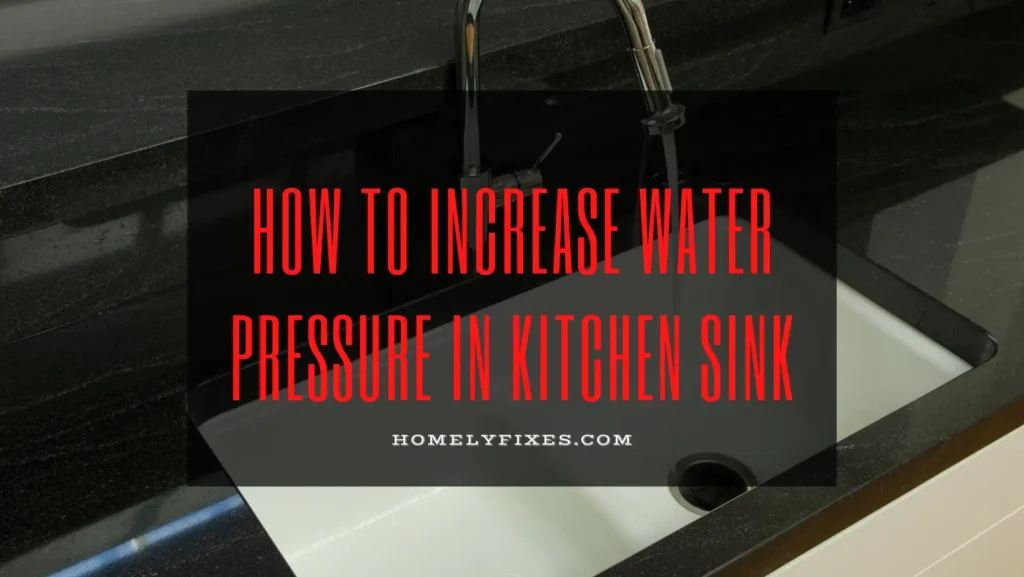
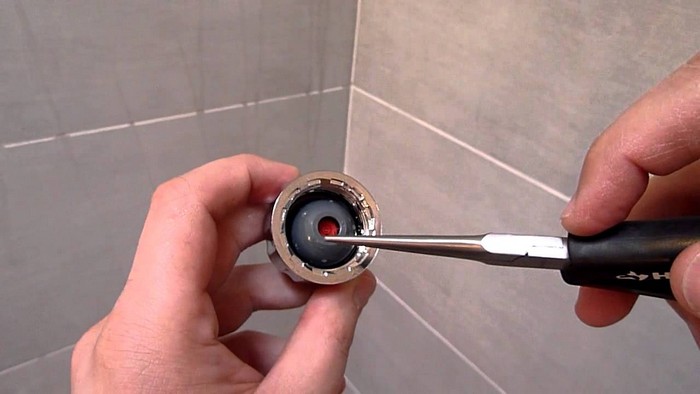



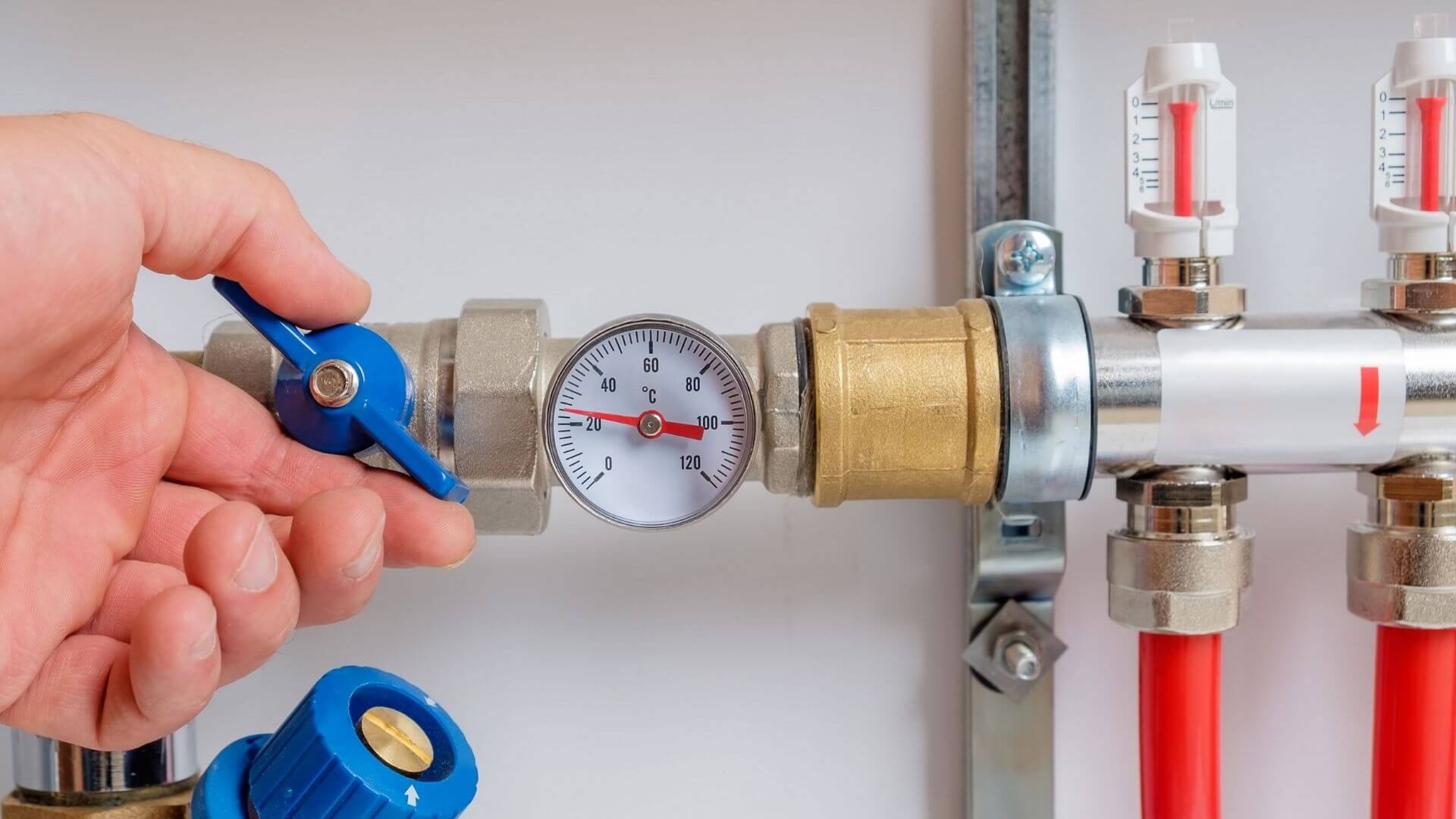






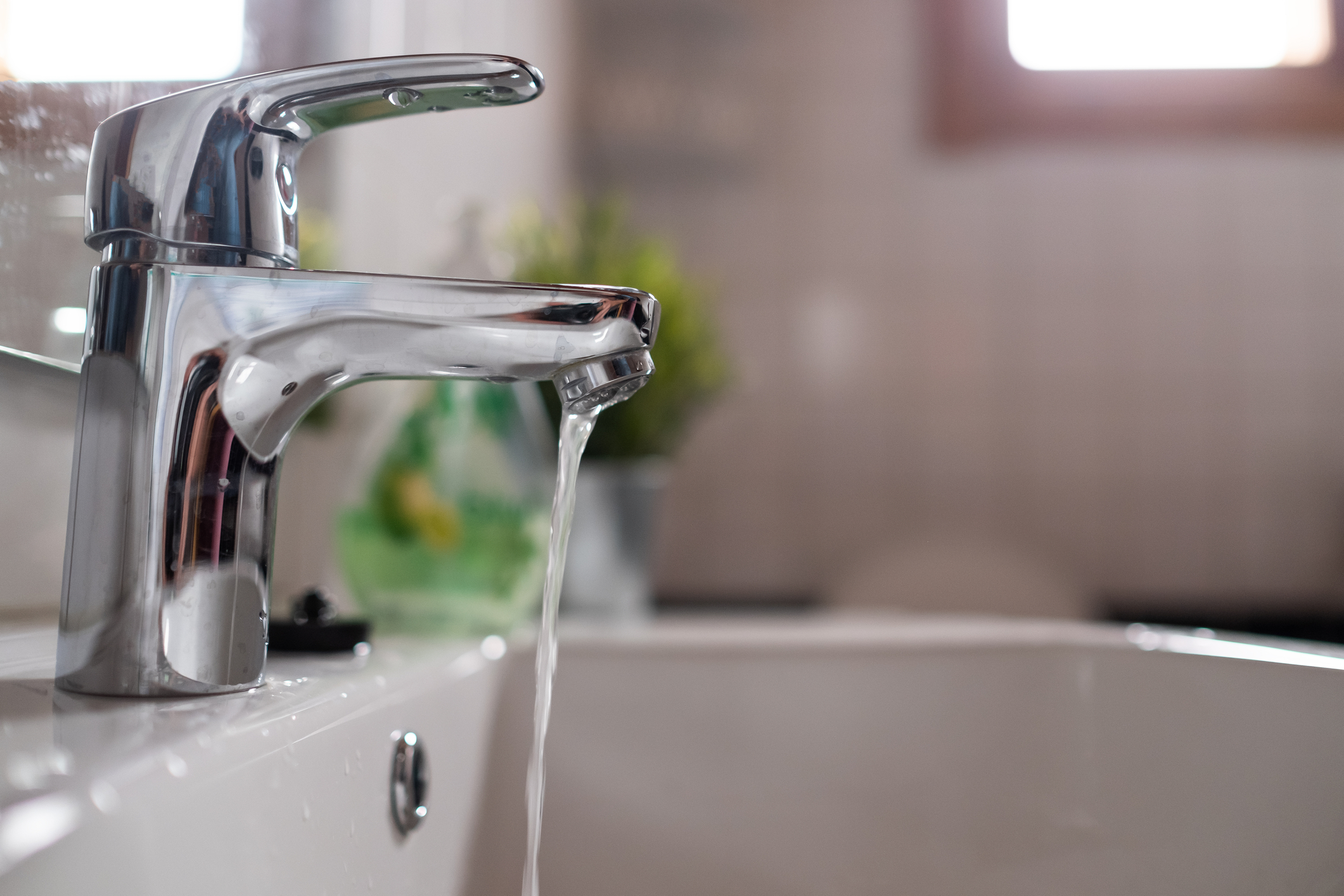






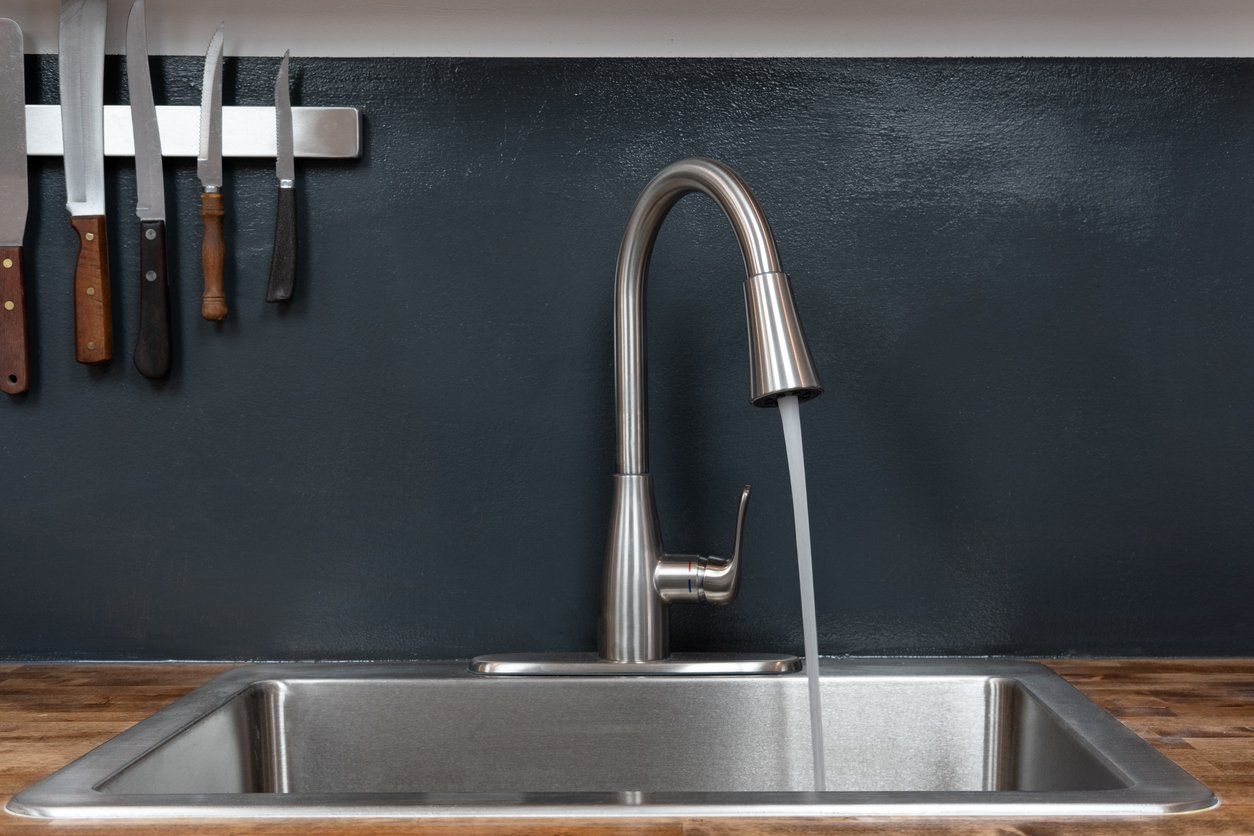



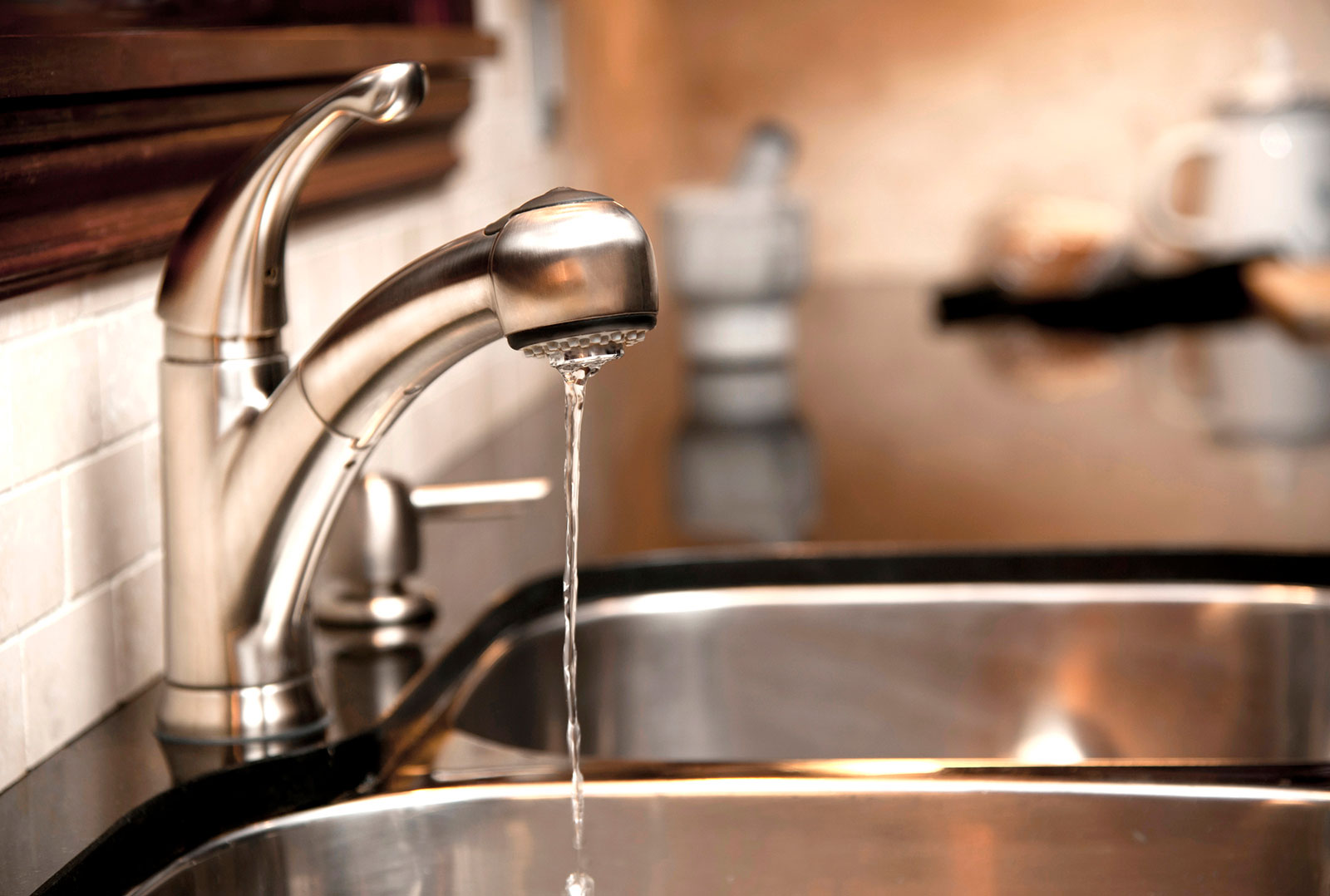
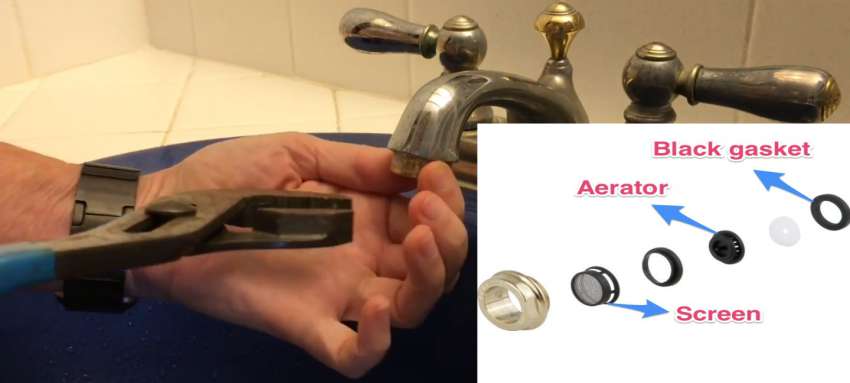


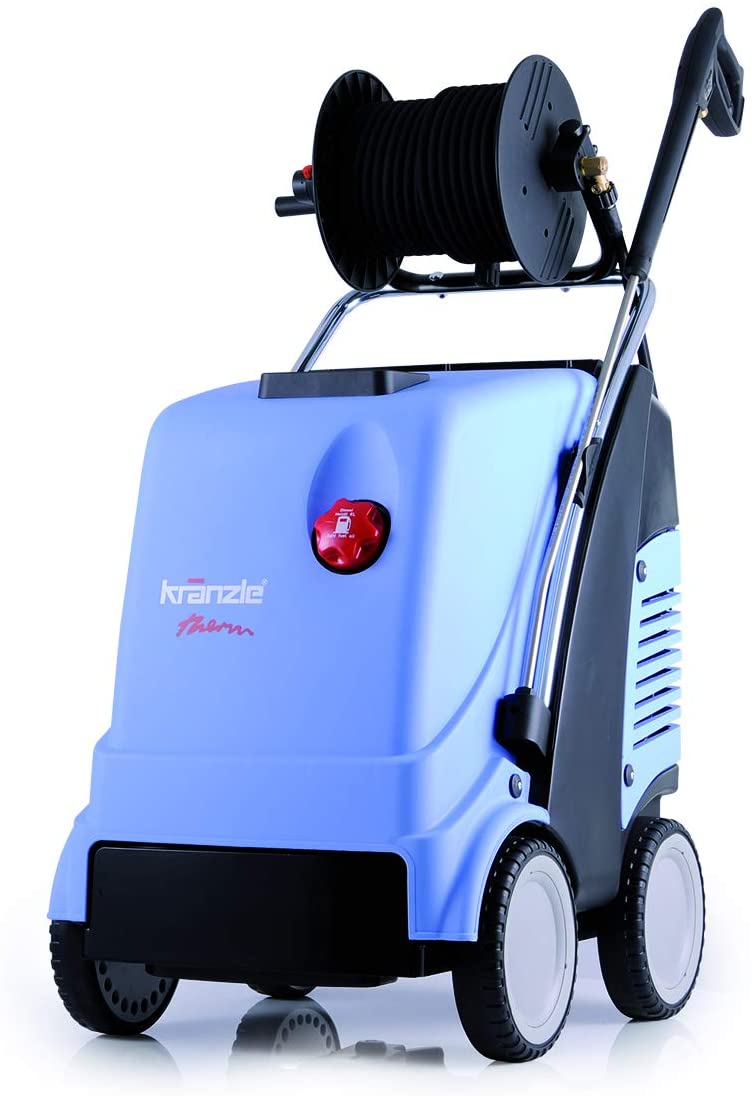






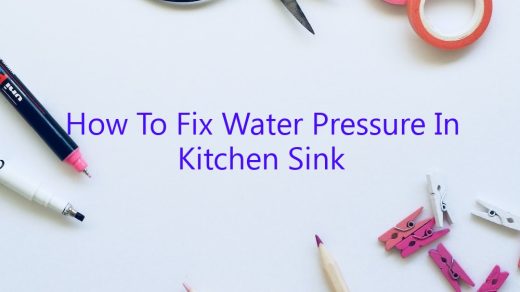







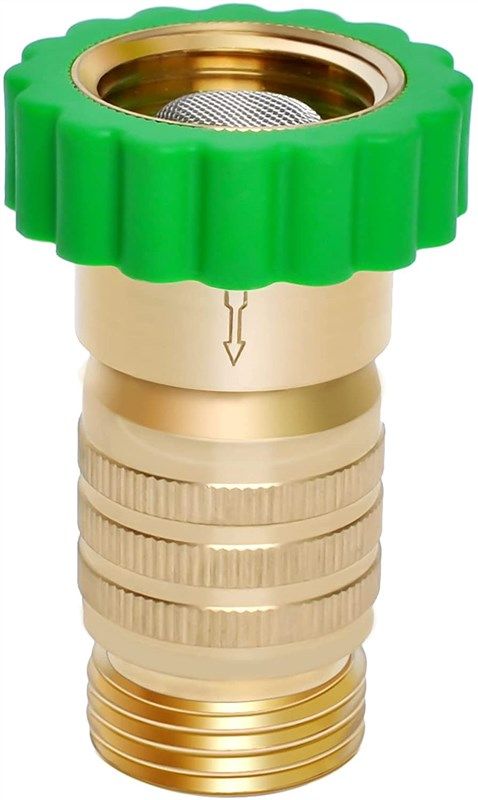
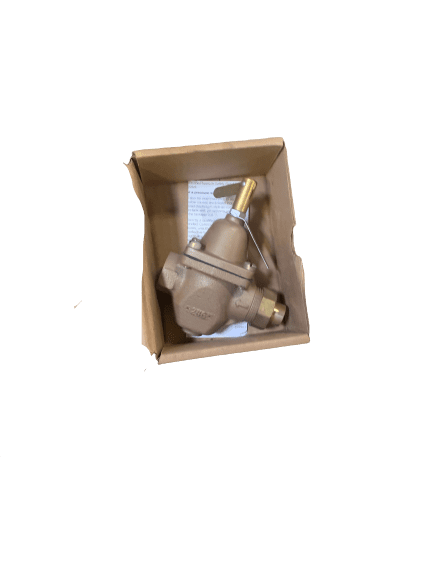
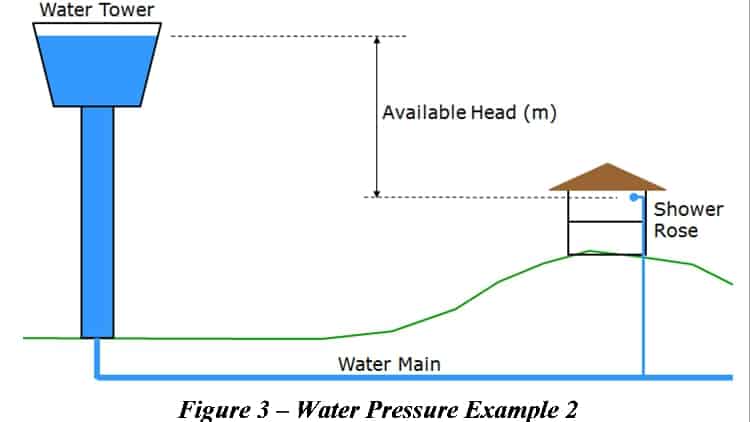





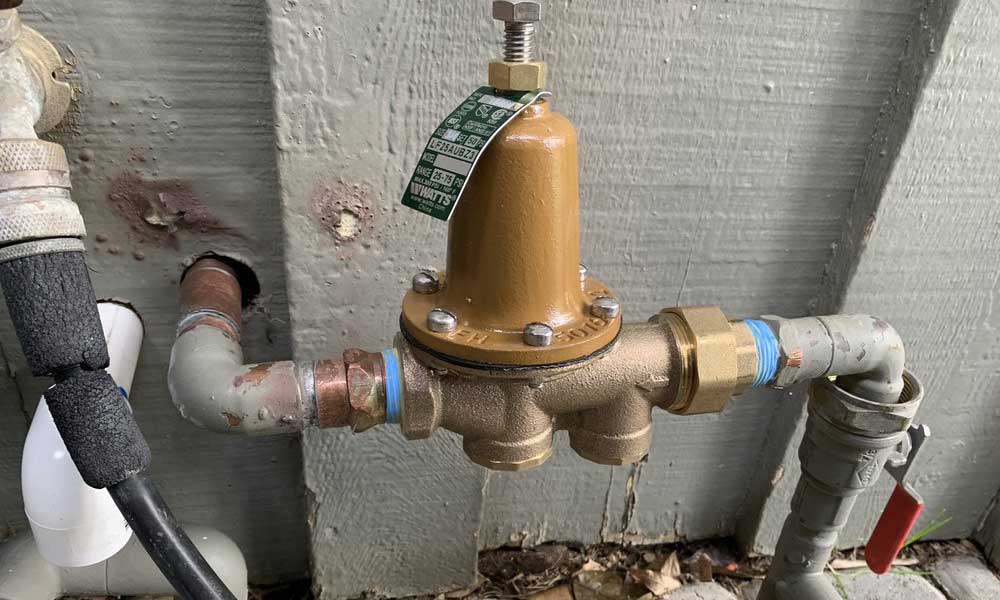

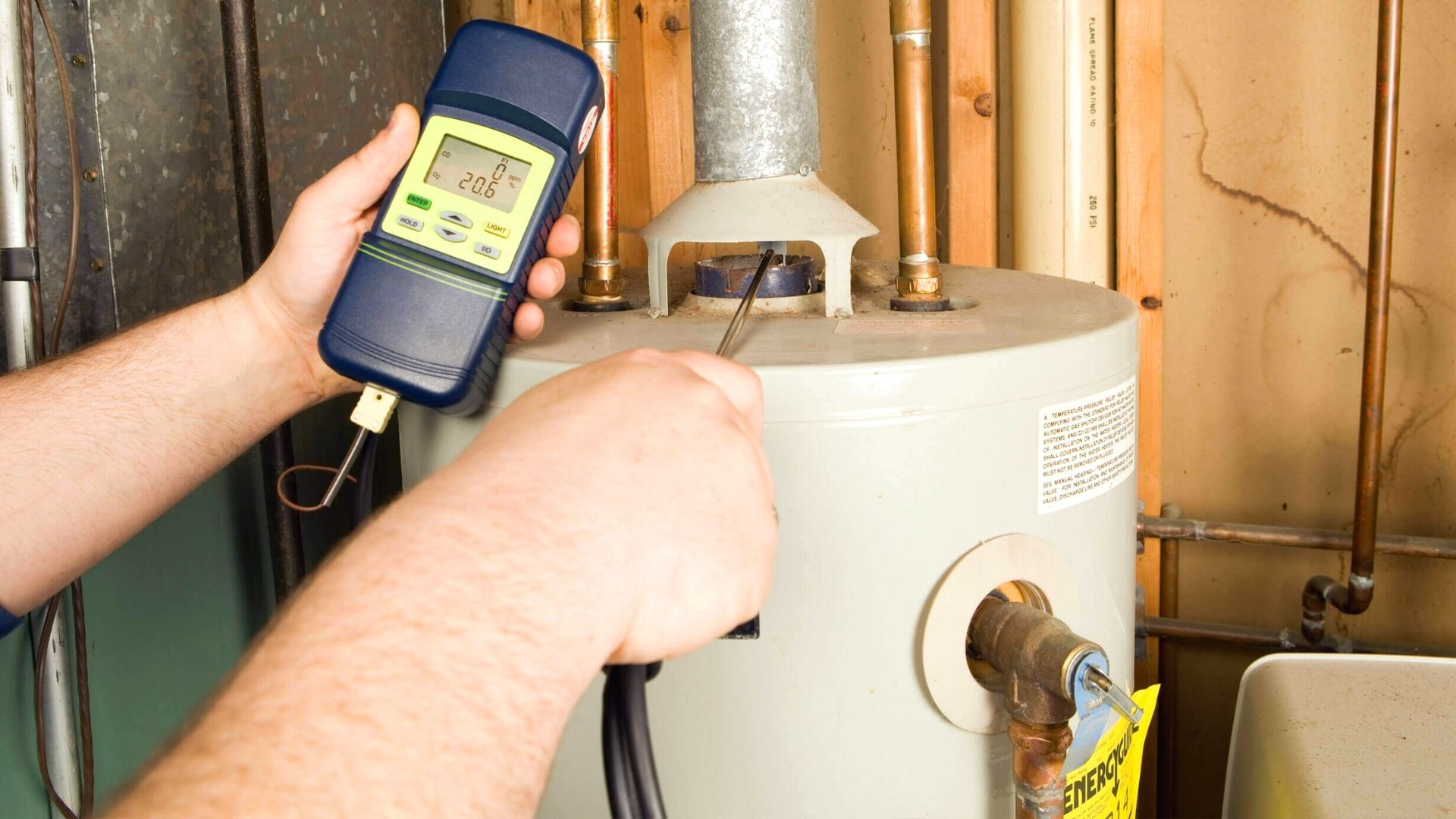




_.jpg)
